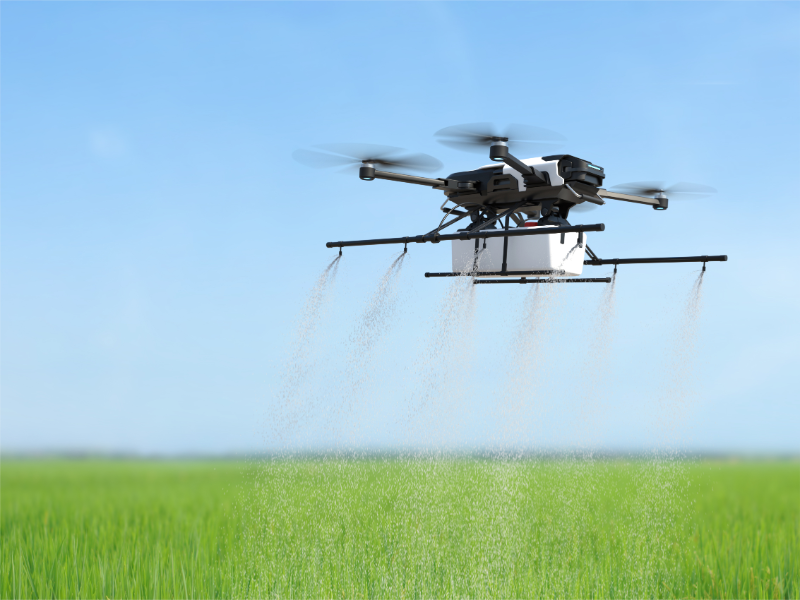- In Scotland’s rugged terrain, drones are used for searching for lost hikers with higher efficiency.
- Researchers from the University of Glasgow developed a machine-learning system to enhance drone search paths by analysing data from past rescue cases and geographic information.
- In virtual tests, the AI-powered algorithm outperformed traditional search patterns, greatly improving the likelihood of finding missing persons while reducing drone flight distance.
OUR TAKE
While AI-powered drones could be helpful in terms of searching for lost hikers within a shorter period of time, appropriate regulations are needed. Otherwise, they may backfire.
—Audrey Huang, BTW reporter
In Scotland’s rugged terrain, AI-driven drones are deployed for searching for lost hikers with higher efficiency.
Drone-assisted search operations
If a hiker gets lost in the rugged Scottish Highlands, rescue crew may send a drone to search for clues of the individual’s route. But with vast terrain to cover and limited battery life, optimising search areas in vast terrains remains a challenge. Traditionally, expert drone pilots would combine intuition and statistical “search theory”, a strategy with roots in World War II-era hunting of German submarines, to prioritise certain search spots over others. The AI-driven system, however, improves search efficiency by analysing past rescue data and geographic information.
In virtual tests, the AI-driven system outperformed traditional search patterns, significantly improving the chances of finding lost hikers while reducing drone flight distance.
Also read: Ericsson showcases indoor 5G drone in smart factory
Also read: Drugs by drone: Amazon starts airborne prescription deliveries
Overcoming challenges in search-and-rescue
While drones offer significant potential, regulatory restrictions and limited training data pose challenges. Addressing these issues and refining AI models could unlock greater capabilities for drone-assisted search operations, potentially saving more lives in emergency situations. Drones are becoming more and more common in the world of search and rescue. However, they are still a relatively new technology, and regulations surrounding their use are still changing.

